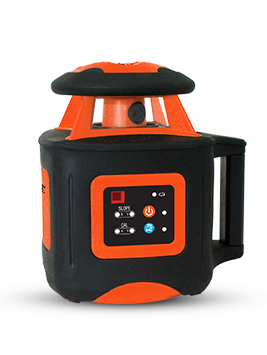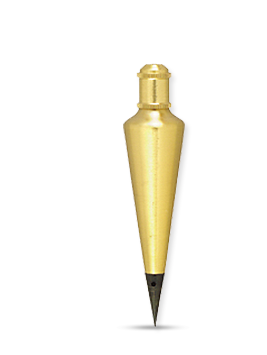What’s the Difference Between I-Beam Levels and Box-Beam / Box Levels?
Before looking at the differences between these two popular types of levels, it’s important to know the similarities.
I-Beam and Box-Beam Level Similarities
- Serve a common function
- Strikingly similar appearance
- Spirit levels (bubble levels) — they use a bubble to determine if a surface is true or level
- Make sure long surfaces are level — surfaces can be vertical or horizontal, and in some levels, you can make sure surfaces are at a correct angle (other than 90 °F; and 0 °F)
- Magnetic option makes ferrous metals easy to level
I-beam and box-beam levels come in different lengths, so when choosing a length, consider the length of what you’re going to be leveling.
Even with the similarities, there are major differences between these types of levels--I-Beam Levels and Box-Beam Levels--and it starts with the structure.
Differences between I-Beam and Box-Beam Levels
I-Beam Level Attributes

- Structure of an I-beam, when cut in half, looks like a capital “I” or sideways capital “H”
- Horizontal elements of the “I” shapes are called “flanges”
- Vertical element is referred to as the “web”
- Shape of the frame helps the level maintain its shape when dropped, bumped, or twisted
- Durability of I-beam levels dependent on material used (most I-beams are made of aluminum)
- Higher grade aluminum means more durable I- and Box-Beam levels
- I-beam levels are typically lighter than box-beam or box levels
Box-Beam Level / Box Level Attributes
![]()
- Frame of a box-beam level is in the shape of a box
- Four points of strength make it an even more durable option (than I-beam levels)
- Lower-quality box-beam levels may be hollow
- Johnson Box-Beam Levels are cased around solid blocks of acrylic, enhancing the quality and strength—making the box-beam level very resistant to direct impact while keeping it as light as possible
Contact I-Beam and Box-Beam experts at Johnson Level to find out more about our quality products.


































